A Business Concept Proposal is a structured document that outlines the core idea of a business or project, its goals, target audience, and how it intends to solve a…
continue reading
46+ Sample Trip Proposal
-
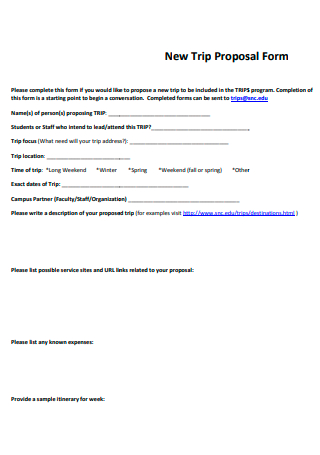
New Trip Proposal Form
download now -
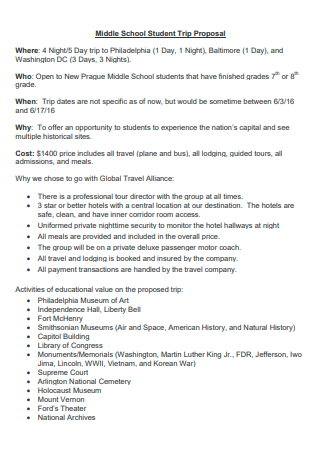
Middle School Student Trip Proposal
download now -
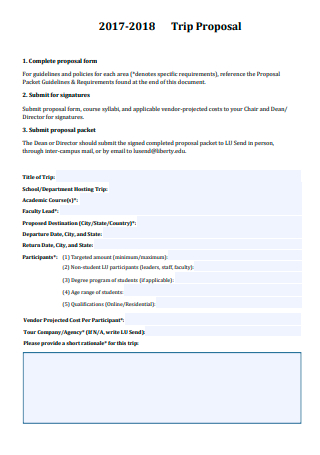
Basic Trip Proposal
download now -
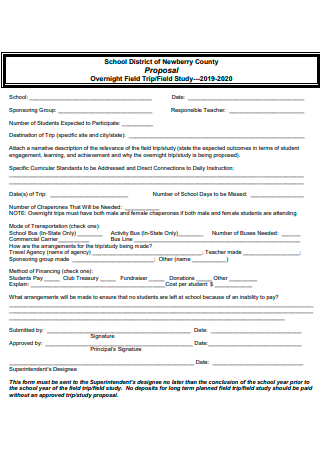
Overnight Field Trip Proposal
download now -
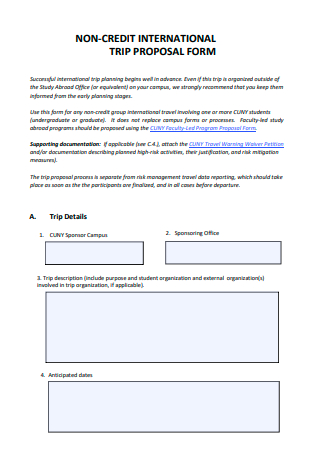
Non-Credit International Trip Proposal Form
download now -
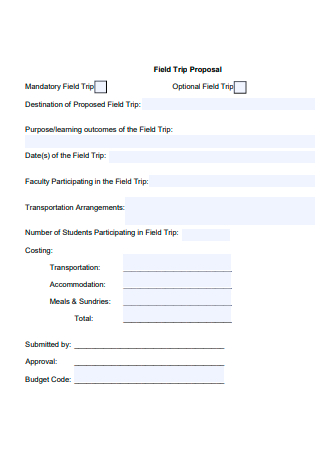
Field Trip Proposal
download now -
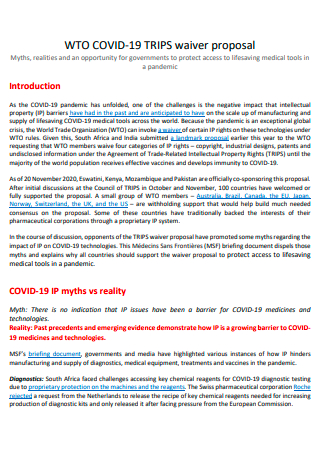
Covid-19 Trip Waiver Proposal
download now -
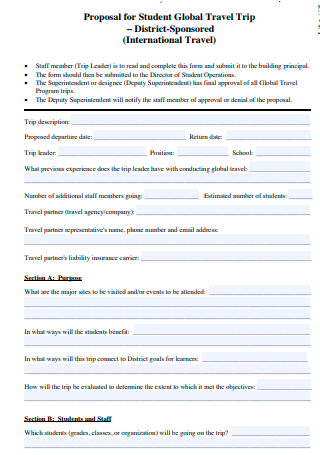
Global Travel Trip Proposal For Student
download now -
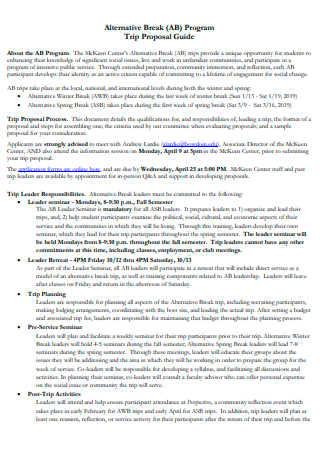
Program Trip Proposal
download now -
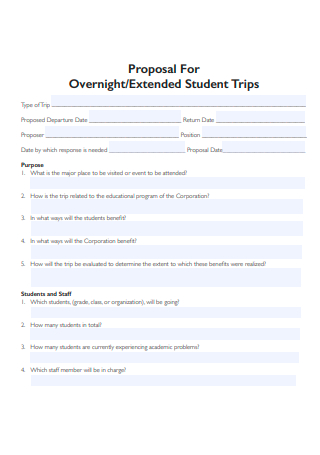
Extended Student Trip Proposal
download now -

Music Trip Proposal
download now -
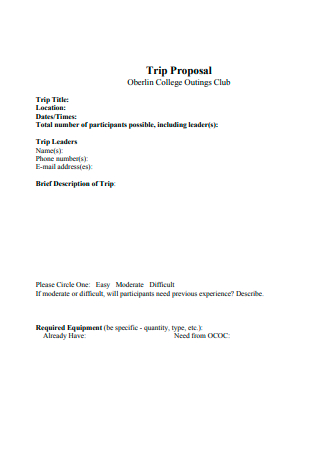
Trip Proposal Template
download now -
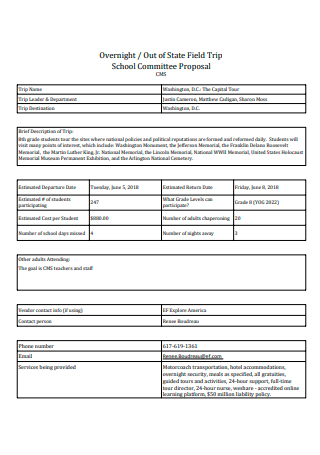
Field Trip School Committee Proposal
download now -
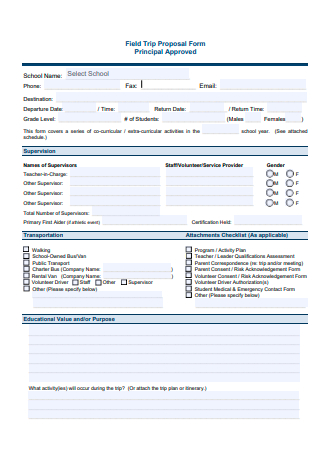
Field Trip Proposal Form
download now -
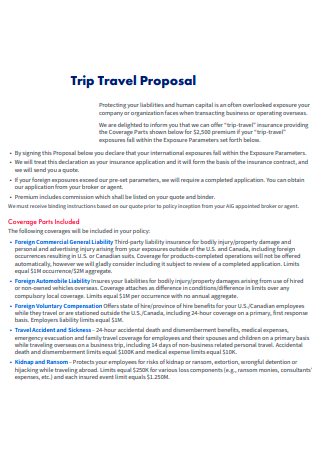
Trip Travel Proposal
download now -
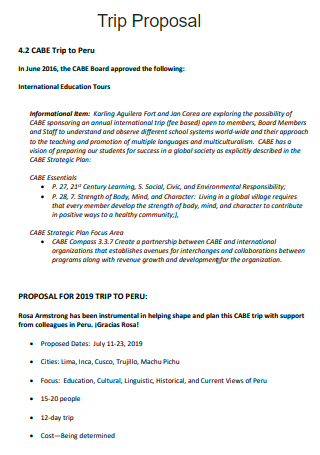
Trip Proposal Example
download now -

Printable Trip Proposal
download now -
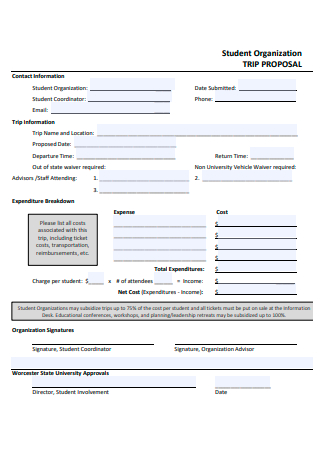
Student Organization Trip Proposal
download now -
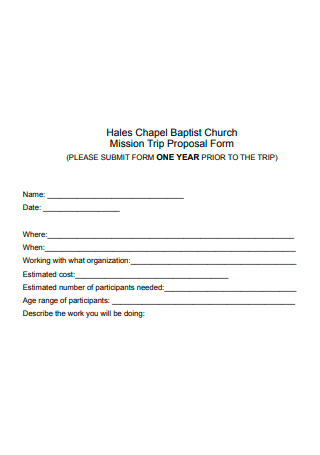
Mission Trip Proposal Form
download now -
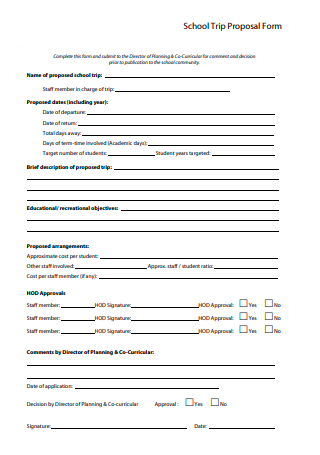
School Trip Proposal Form
download now -
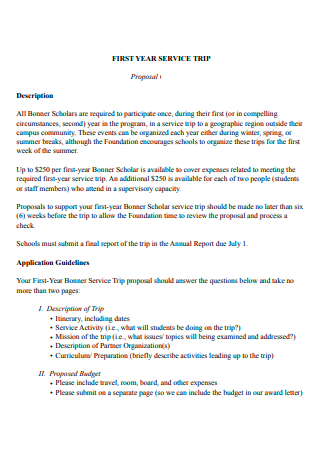
First Year Service Trip Proposal
download now -
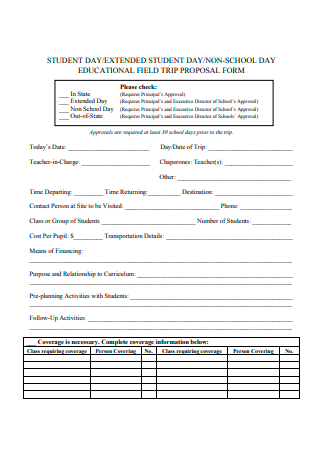
Educational Field Trip Proposal Form
download now -
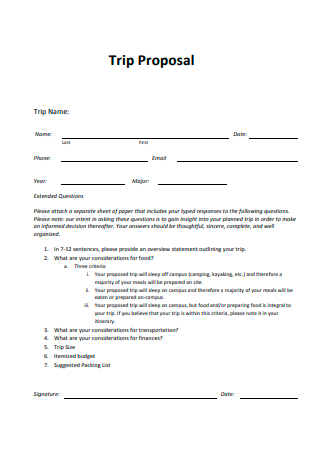
Simple Trip Proposal
download now -
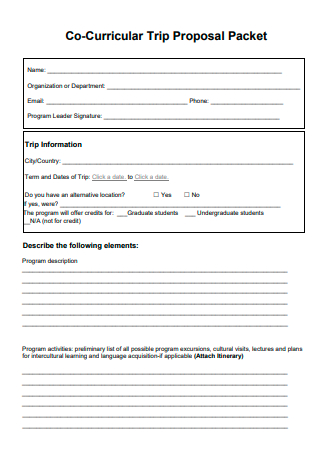
Co-Curricular Trip Proposal
download now -

Domestic Trip Proposal
download now -

Field Trip Proposal Submission Form
download now -
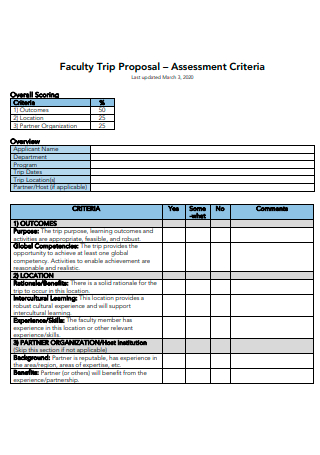
Faculty Trip Proposal
download now -

Standard Trip Proposal
download now -
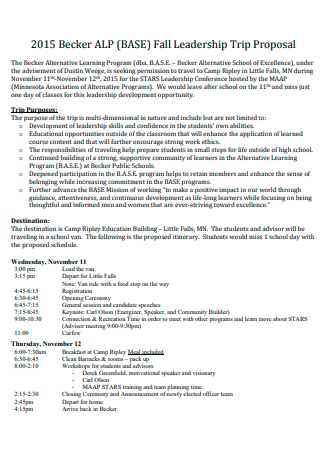
Leadership Trip Proposal
download now -
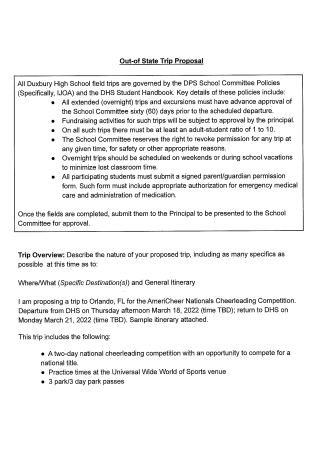
Out-of-State Trip Proposal
download now -
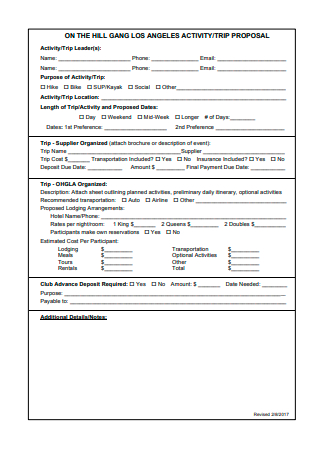
Activity Trip Proposal
download now -
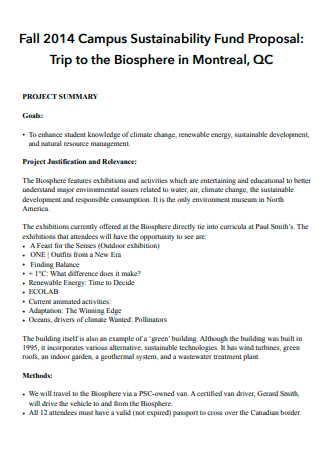
Trip Fund Proposal
download now -

Draft Trip Proposal
download now -
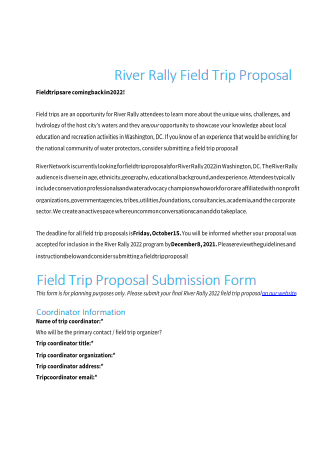
River Rally Field Trip Proposal
download now -
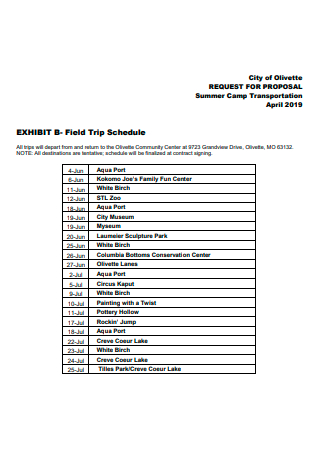
Field Trip Schedule Proposal
download now -
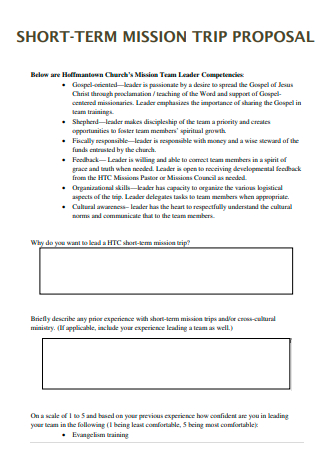
Short-Term Mission Trip Proposal
download now -
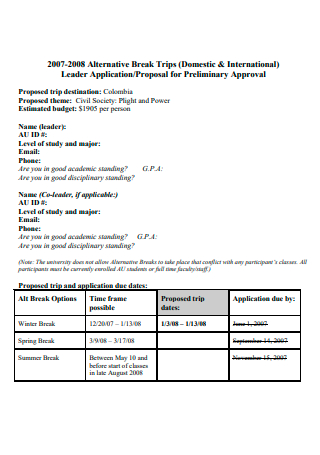
Alternative Best Trip Proposal
download now -

Round Trip Mission Proposal
download now -
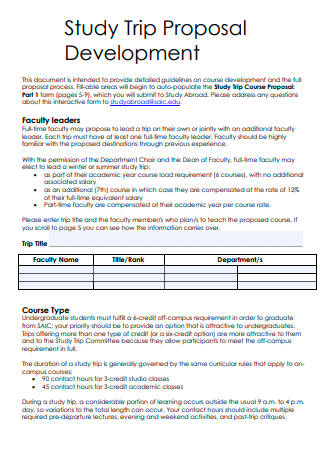
Trip Proposal Development
download now -

Trip Hazard Elimination Proposal
download now -
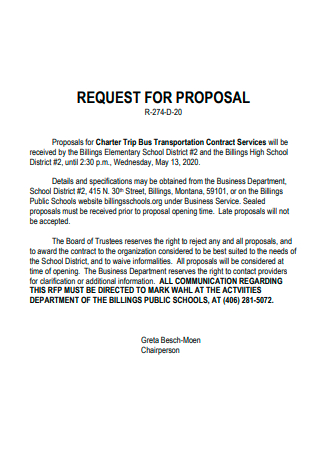
Trip Bus Transportation Contract Services Proposal
download now -

Day Trip Proposal
download now -
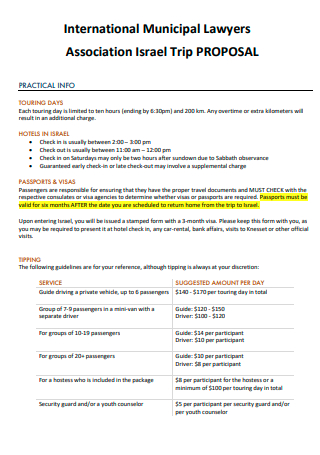
International Municipal Lawyers Trip Proposal
download now -
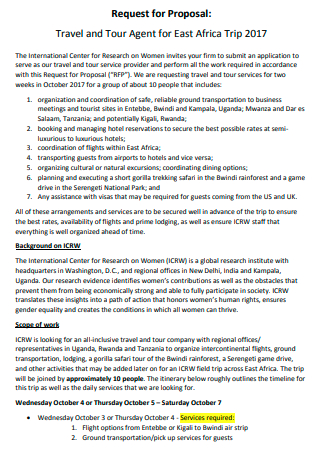
Travel and Tour Trip Proposal
download now -
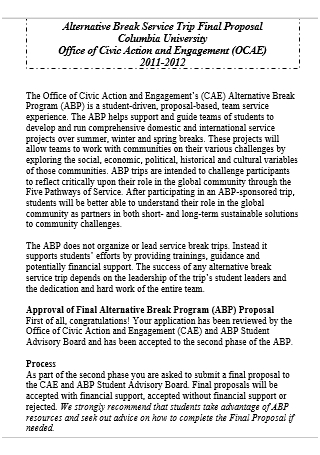
Trip Final Proposal
download now -
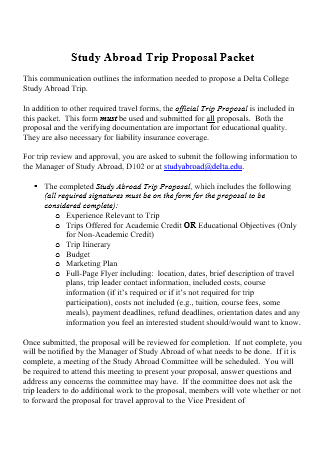
Abroad Trip Proposal
download now -

Field Trip Proposal Destination
download now
What Is a Trip Proposal?
A trip proposal is a formal proposal that provides details and information about an upcoming trip. The trip or tour may either be for business, leisure or educational purposes.
According to an online article by Wyse Travel Confederation, there is a significant correlation between travel and education or academics. Studies have shown that 86% said that travel in their youth had made them intellectually curious and interested in matters not only within the classroom but outside school walls as well. Further, another 57% of adults who engaged in field trips and educational trips when they were young obtained an undergraduate degree.
Tips For a Safe and Memorable Trip
Going on a trip is usually fun and exciting. But for others, it can also be a source of anxiety. Aside from all the things you need to prepare and take note of, there is always that expectation or fear that not everything will go according to plan. Despite this, you can still have a memorable trip. The following tips below can help you increase your chances of having a safe and enjoyable trip.
Types of Trips
Trips and tours can come in many shapes and sizes. Depending on the type of trip, each one can also come with its own set of requirements and needs. The following examples are some common and universal trips that a majority of people have engaged in.
How to Create a Trip Proposal
To create a trip proposal, you only need the necessary information and essential details to be able to craft your own proposal. How detailed or comprehensive your proposal is will depend entirely on you. You can easily browse the sample templates above and select a proposal example that suits your needs. Otherwise, follow the step-by-step guide below to get started on your own trip proposal.
Step 1: Do the Research
Crafting a proposal requires the proper information. How can you propose a trip that you know little about? Thus, it is important to do the necessary research prior to your trip. Collate all the relevant information about your flight, documents, accommodation, emergency contact details and essentially anything noteworthy about the destination. There is a limitless amount of information at your fingertips when you simply go online and search. Doing the necessary research is crucial because it can prepare you for anything that may go awry during the course of your trip. Planning can only get you so far, but not planning anything at all can have negative consequences.
Step 2: Set a Budget
An important element of your proposal is the trip budget. Having a set budget is critical so as to prevent any unnecessary spending or purchases while on holiday. It can be quite easy to lose track of one’s expenses or struggle to practice self-control when on vacation. But preparing a budget ahead of time can help promote financially wise decisions. Even in the case of official business trips, companies set a budget for travel needs that cover anything from lodging, meals, transportation and daily employee allowances.
Step 3: Plan the Itinerary
A trip proposal will be inherently lacking without a detailed itinerary. With the research you have collated, you can now carefully structure an itinerary with the correct details. The format of your itinerary is entirely up to you. It should contain, however, key information such as the time, date, activity, location and other basic information. You can even incorporate a table within your proposal if it helps organize your information better. You want to make sure to provide ample time for each activity and take into consideration travel time, distance, etc. If you are unsure of how to proceed with creating a schedule or itinerary, there are dozens of itinerary templates available for use.
Step 4: Enumerate Other Important Information
Some trip proposals are written with the goal of gaining sponsorship or funding for a trip. If financial support or endorsement is your intention, you need to provide more details and compelling data about your trip for potential sponsors to agree to your proposal. You can expound more on your specific objectives for going on the said trip and describe in greater detail the benefits or the potential gains of the trip. You can even provide notable or distinctive information or relevant statistics about the destination; essentially anything that can provoke interest and persuasion.
FAQs
How do you write a trip proposal?
To write a trip proposal, you first need to establish your objectives for going on the trip. Whether it is for work-related matters or for an educational excursion, it must be defined clearly. Other key components that must be included in your proposal are the budget and itinerary. Refer to the tutorial guide above for more detailed instructions on how to compose a trip proposal.
What is a tour proposal?
A tour proposal is essentially a formal, written proposal that offers detailed information on an upcoming tour or trip. It contains basic information such as the trip details, budget, planned itinerary, etc.
How do you write a business trip proposal?
To craft a business trip proposal, you need to identify the reasons for travel, date and time, destination details, breakdown of expenses, budget, and a trip itinerary.
Usually, going on a trip is something most people look forward to. An upcoming trip is a reason to plan, prepare and get things in order. Browse the sample templates above, choose one that suits your needs and start customizing your own trip proposal today!
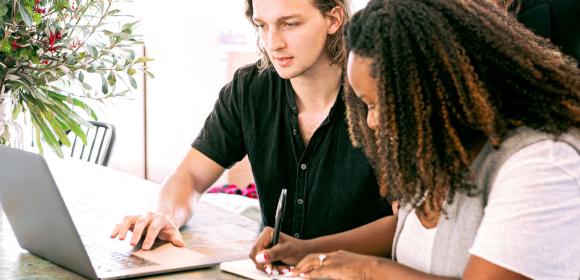

![25+ SAMPLE Marketing Budgets [ Business, Plan, Digital ] marketing budgets](https://images.sample.net/wp-content/uploads/2021/02/Marketing-Budgets.jpg)